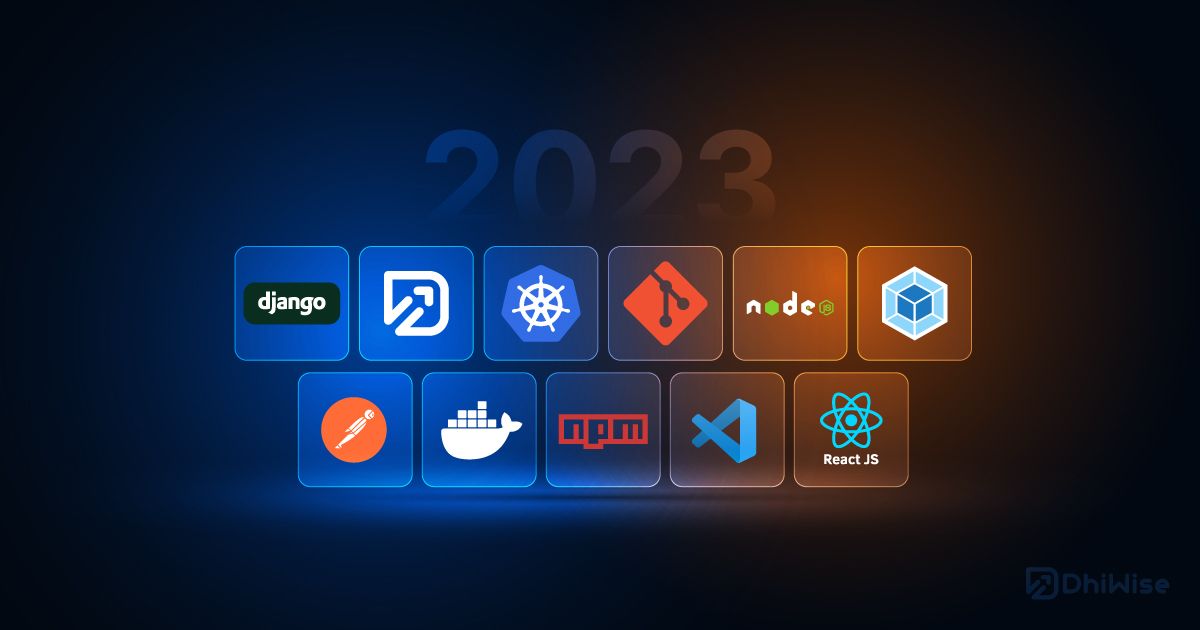What Tools Do Full Stack Developers Use?
 khushnuma
khushnuma
Full-stack developers are the backbone of modern web development, bridging the gap between the front-end user experience and the back-end logic that drives applications. To excel in their multifaceted role, these developers rely on a wide range of tools that streamline coding, enhance productivity, and ensure seamless integration between various parts of an application. Let’s explore some of the essential tools and technologies that empower full-stack developers to craft robust and scalable solutions.
1. Code Editors and Integrated Development Environments (IDEs)
A developer’s choice of editor or IDE can significantly impact their productivity. Some of the most popular options include:
Visual Studio Code (VS Code): Known for its speed and extensive plugin ecosystem, VS Code supports multiple programming languages and frameworks.
JetBrains IntelliJ IDEA: Ideal for Java-based applications, it offers intelligent code completion and powerful debugging tools.
Sublime Text: A lightweight editor with customizable features, making it a favorite among many developers.
Atom: Developed by GitHub, this open-source editor is highly customizable and supports collaborative coding.
2. Front-End Development Tools
Creating visually appealing and user-friendly interfaces requires specialized tools. Full-stack developers commonly use:
React: A JavaScript library developed by Facebook, ideal for building interactive user interfaces.
Angular: A TypeScript-based framework maintained by Google, suitable for developing dynamic single-page applications.
Vue.js: A progressive framework that is lightweight and easy to integrate into existing projects.
Bootstrap: A popular CSS framework that simplifies responsive web design with pre-designed components and layouts.
3. Back-End Development Tools
The back-end is the engine of any application, managing data and logic. For this, developers rely on:
Node.js: A JavaScript runtime environment that enables server-side scripting, allowing developers to use JavaScript for both front-end and back-end.
Django: A Python-based framework known for its simplicity and scalability.
Ruby on Rails: A robust framework that follows the "Convention over Configuration" principle, speeding up development.
Spring Boot: A Java-based framework ideal for building microservices and enterprise-level applications.
4. Version Control Systems
To manage code changes efficiently, full-stack developers use version control systems such as:
Git: The industry standard for version control, Git allows developers to track changes, collaborate, and revert to earlier code versions when necessary.
GitHub: A platform for hosting Git repositories, GitHub supports collaborative development and offers features like issue tracking and pull requests.
GitLab and Bitbucket: Alternatives to GitHub, both offering integrated CI/CD pipelines for streamlined development workflows.
5. Databases and Query Tools
Managing data is a critical part of back-end development. Developers choose databases depending on the project requirements:
MySQL: A reliable relational database management system suitable for many web applications.
PostgreSQL: Known for its advanced features and support for complex queries.
MongoDB: A NoSQL database that stores data in JSON-like documents, ideal for projects requiring flexibility.
Redis: An in-memory data structure store used for caching and real-time analytics.
For querying and managing databases, tools like phpMyAdmin (for MySQL) and Robo 3T (for MongoDB) are often employed.
6. API Development and Testing Tools
APIs are the glue that connects the front-end and back-end. Popular tools for API development include:
Postman: A user-friendly platform for testing APIs, making it easier to debug and refine API interactions.
Swagger (now OpenAPI): Used to design, document, and test APIs, Swagger ensures consistency across development teams.
GraphQL: A query language that offers an alternative to REST APIs, providing developers with precise data fetching capabilities.
7. DevOps and Deployment Tools
To ensure smooth deployment and maintenance of applications, full-stack developers rely on:
Docker: A containerization tool that allows developers to package applications with all dependencies, ensuring consistency across environments.
Kubernetes: A tool for orchestrating containerized applications, Kubernetes is essential for managing large-scale deployments.
Jenkins: A CI/CD tool that automates the process of building, testing, and deploying applications.
AWS and Heroku: Cloud platforms that simplify hosting and scaling applications, offering a range of services from server management to databases.
8. Debugging and Performance Monitoring Tools
Identifying and fixing issues quickly is crucial for maintaining application health. Common debugging tools include:
Chrome Developer Tools: Built into the Chrome browser, these tools allow developers to inspect HTML, CSS, and JavaScript in real-time.
New Relic: A performance monitoring tool that helps track application behavior and detect bottlenecks.
Sentry: An error-tracking tool that captures and reports issues in real-time.
9. Collaboration and Project Management Tools
Effective teamwork is essential in any development environment. Full-stack developers often use:
Slack: A communication platform that facilitates team discussions and file sharing.
Jira: A project management tool designed for tracking issues and planning sprints.
Trello: A visual task management tool that simplifies project organization with its card-based interface.
Confluence: A documentation platform that ensures knowledge sharing within teams.
10. Learning and Prototyping Tools
To stay ahead in the constantly evolving tech landscape, developers utilize tools for learning and prototyping:
Figma: A design tool for creating UI/UX prototypes and collaborating with designers.
CodePen: An online playground for experimenting with HTML, CSS, and JavaScript.
Stack Overflow: A go-to platform for solving coding problems and learning from a vast community of developers.
Conclusion
Full-stack development is a dynamic field requiring expertise across diverse tools and technologies. From writing and debugging code to deploying and monitoring applications, developers leverage an array of resources to craft scalable, efficient web solutions. Mastery of these tools enhances productivity, allowing developers to build seamless, user-friendly applications tailored to modern demands. Those exploring a Full Stack Development course in Nagpur, Patna, Pune, Mumbai, and other cities in India can gain hands-on experience with these essential technologies, equipping themselves to excel in this ever-evolving domain.
Subscribe to my newsletter
Read articles from khushnuma directly inside your inbox. Subscribe to the newsletter, and don't miss out.
Written by

khushnuma
khushnuma
I am a Digital Marketer and SEO Specialist; I enjoy technical and non-technical activity. I enjoy learning something new. My passion and urge to gain new insights into lifestyle,